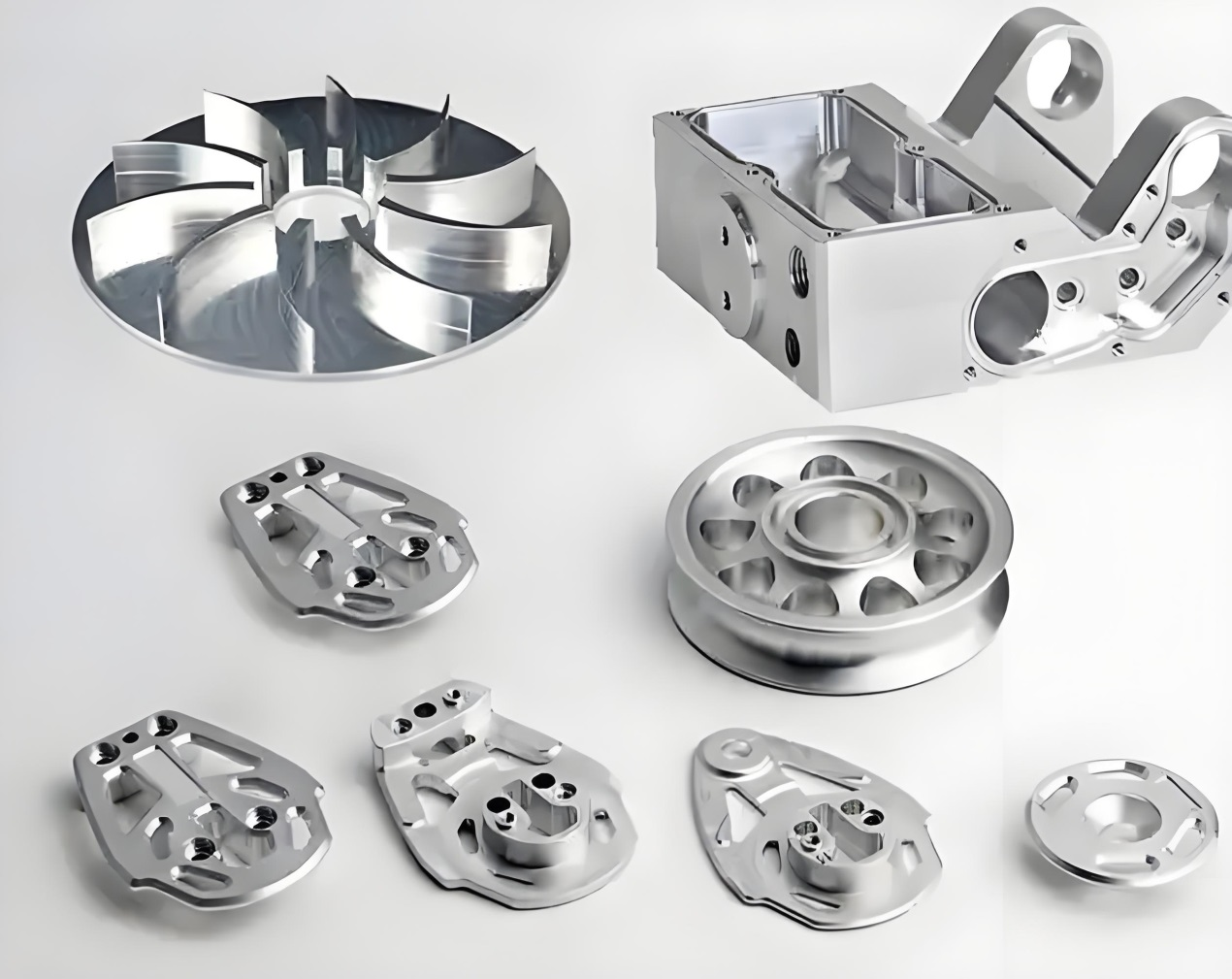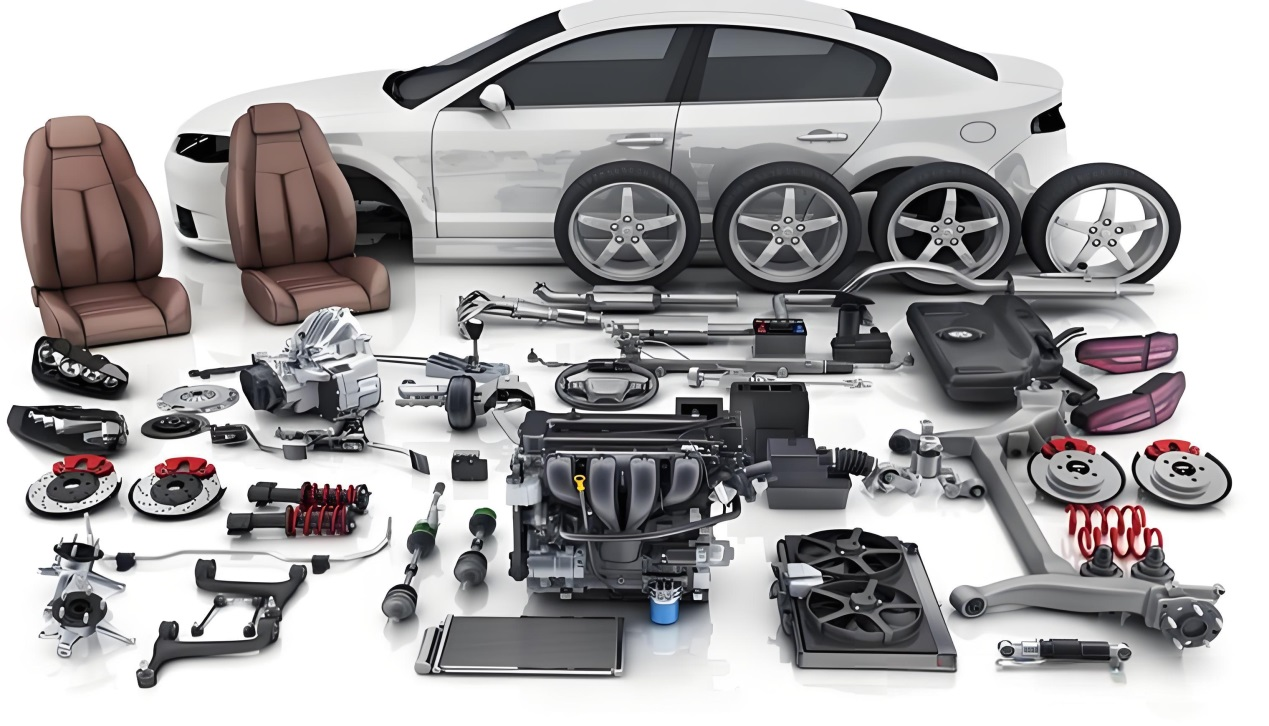Què és la Prototipació Ràpida CNC?
Resum: Per què el prototipatge ràpid CNC té una alta demanda
En l'actualitat, en una indústria de components automotrius en ràpida evolució , la velocitat ja no és un avantatge competitiu, sinó una necessitat. Tradicionalment, desenvolupar un nou model de vehicle podia trigar tres a cinc anys des del concepte fins al llançament. Ara, gràcies a les dinàmiques del mercat i a la transformació digital, moltes marques automobilístiques porten nous models al mercat en tan sols 12 mesos .
Aquesta acceleració ha creat una necessitat urgent de processos de prototipatge ràpid CNC les equips de disseny ja no poden comptar amb temps llargs d'execució. En lloc d'això, depenen de cicles de desenvolupament ràpids, precisos i iteratius per validar conceptes de producte de manera ràpida i eficient.
Des dels vehicles elèctrics fins als sistemes autònoms, la pressió per innovar és intensa. Els fabricants necessiten prototips Funcionals que es poden provar en condicions reals del món — i en necessiten ràpid .

Com funciona el prototipatge ràpid CNC?
Prototipatge ràpid CNC és un procés de fabricació subtractiu on es fan peces tallant material d'un bloc sòlid (també conegut com a billet) mitjançant eines controlades per ordinador.
Aquest és el funcionament en una seqüència simplificada:
- disseny en 3D : Es prepara un fitxer CAD (Disseny Assistit per Ordinador) amb la geometria de la peça.
- Programació CAM : El fitxer es converteix en codi de màquina mitjançant programari CAM (Fabricació Assistida per Ordinador).
- Configuració : Es carrega una peça de metall o plàstic a la màquina CNC.
- Maquinària : Les eines com broques, fresadores o torns retiren material capa a capa per donar forma a la peça final.
- Acabat : Es pot fer un postprocessat com ara desbarbament, polit o anodització, segons els requisits funcionals o estètics.
En comparació amb la fabricació additiva (impressió 3D), Freshener per maquinari CNC ofereix una precisió dimensional molt més elevada, un acabat superficial millor i una resistència del material superior —totes elles essencials per a peces utilitzades en vehicles.

Avantatges del prototipatge ràpid CNC en l'automoció
Per als fabricants d'equip original (OEM) i proveïdors Tier 1, prototipatge ràpid maquinari cnc aporta beneficis clau durant el desenvolupament del vehicle:
✅Velocitat i eficiència
Les peces prototip es poden lliurar en dies, no en setmanes—permetent una validació més ràpida del disseny, ajust i rendiment abans de passar a la producció massiva.
✅Autenticitat del material
A diferència de la impressió 3D, Fresat CNC permet l'ús de materials reals de producció. Això vol dir que els prototips es comporten exactament com les peces finals sota esforç, calor i vibració.
✅Flexibilitat en el Disseny
Cal fer canvis ràpids en el disseny? Els programes CNC es poden ajustar fàcilment sense necessitat de reconfigurar les eines, permetent múltiples iteracions en un període curt.
✅Alta precisió
Les màquines CNC modernes poden assolir toleràncies dins de micres, garantint ajustos precisos per a peces complexes components Automotius com carcases, suports o blocs de connexió.
✅Tancant la bretxa cap a la producció en massa
Per a peces de baix volum o proves funcionals abans del llançament, serveis de prototipatge en metall que utilitzen CNC ajuden a tancar la bretxa entre prototip i producció sense invertir en motlles costosos.

Opcions de Materials per al Prototipatge CNC
La selecció del material és crucial per al prototipatge funcional—especialment en el de components automotrius en ràpida evolució , on la prestació i el compliment són importants.
A continuació es mostren alguns materials habituals per a Prototipatge ràpid CNC :
|
Tipus de material |
Exemples de qualitats |
Aplicacions típiques |
|
Alumini |
6061, 7075 |
Carcasses, suports, dissipadors de calor |
|
Acer inoxidable |
304, 316 |
Components d'escapament, peces estructurals |
|
Acer per a eines |
D2, A2 |
Peces mecàniques amb alta resistència a l'ús |
|
Plàstics |
ABS, POM, Niló |
Components interiors, prototips no estructurals |
|
Magnesi o Titani |
Diverses aliatges |
Parts estructurals o del motor lleugeres (per a vehicles de rendiment) |
Cada material té característiques específiques d'usinatge i es selecciona segons la resistència, la resistència a la corrosió, les propietats tèrmiques i la factibilitat de fabricació .
Per què és més important que mai el prototipatge ràpid CNC
A mesura que els vehicles es tornen més intel·ligents, més lleugers i més eficients, la complexitat dels components augmenta. Ja sigui que esteu desenvolupant recobriments de bateries per a VEs o suports de sensor per a sistemes ADAS, la capacitat de provar prototips d'alta precisió és essencial.
Integrant fresat CNC de prototipat ràpid en les primeres fases del disseny, els fabricants guanyen temps valuós per a la validació, el compliment normatiu i les activitats de màrqueting abans del llançament.
A més, amb la sostenibilitat convertint-se en un pilar clau de la innovació automotriu, el prototipat CNC redueix el desgast, accelera els bucles de retroalimentació i minimitza el risc de desenvolupament, alineant-se amb els objectius globals ESG.
Conclusió: Construïu més ràpid. Proveu més intel·ligent. Llança't millor.
En un panorama on cada segon compta, prototipatge ràpid maquinari cnc habilita els fabricants d'automòbils a passar del concepte a la producció més ràpidament que mai, sense comprometre la qualitat ni la seguretat.
A Shaoyi Metal Technology, som especialistes en serveis de prototipatge en metall adaptats a la indústria automotriu. Amb més d'una dècada d'experiència, equipament CNC avançat i expertesa d'enginyeria, et ajudem a validar les teves idees ràpidament, amb precisió i fiabilitat.
Preparat per donar vida al teu proper concepte automotriu? Contacteu-nos avui per explorar les nostres solucions de prototipatge ràpid CNC.
 Petits lots, altes estàndards. El nostre servei d'prototipatge ràpid fa que la validació sigui més ràpida i fàcil —
Petits lots, altes estàndards. El nostre servei d'prototipatge ràpid fa que la validació sigui més ràpida i fàcil —
